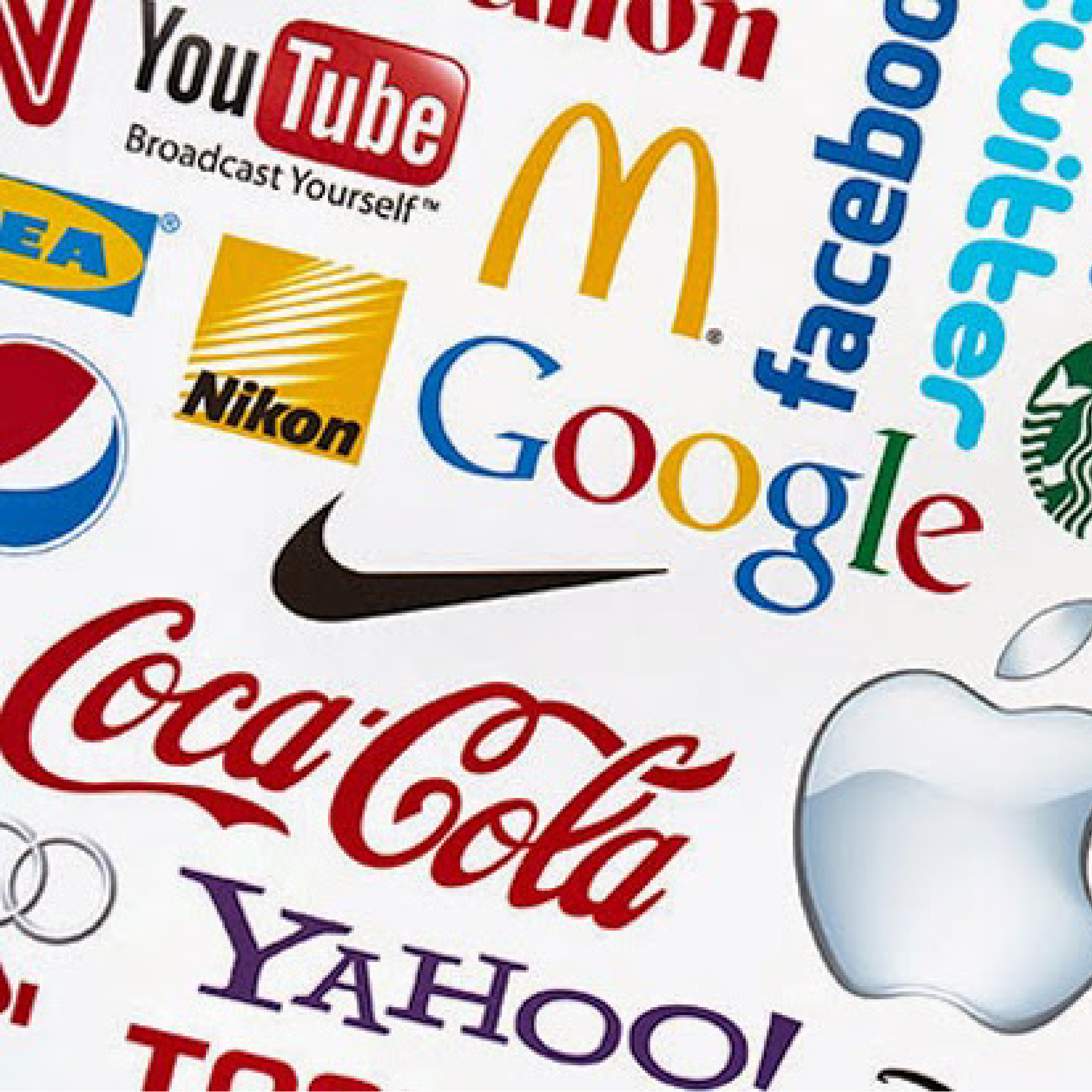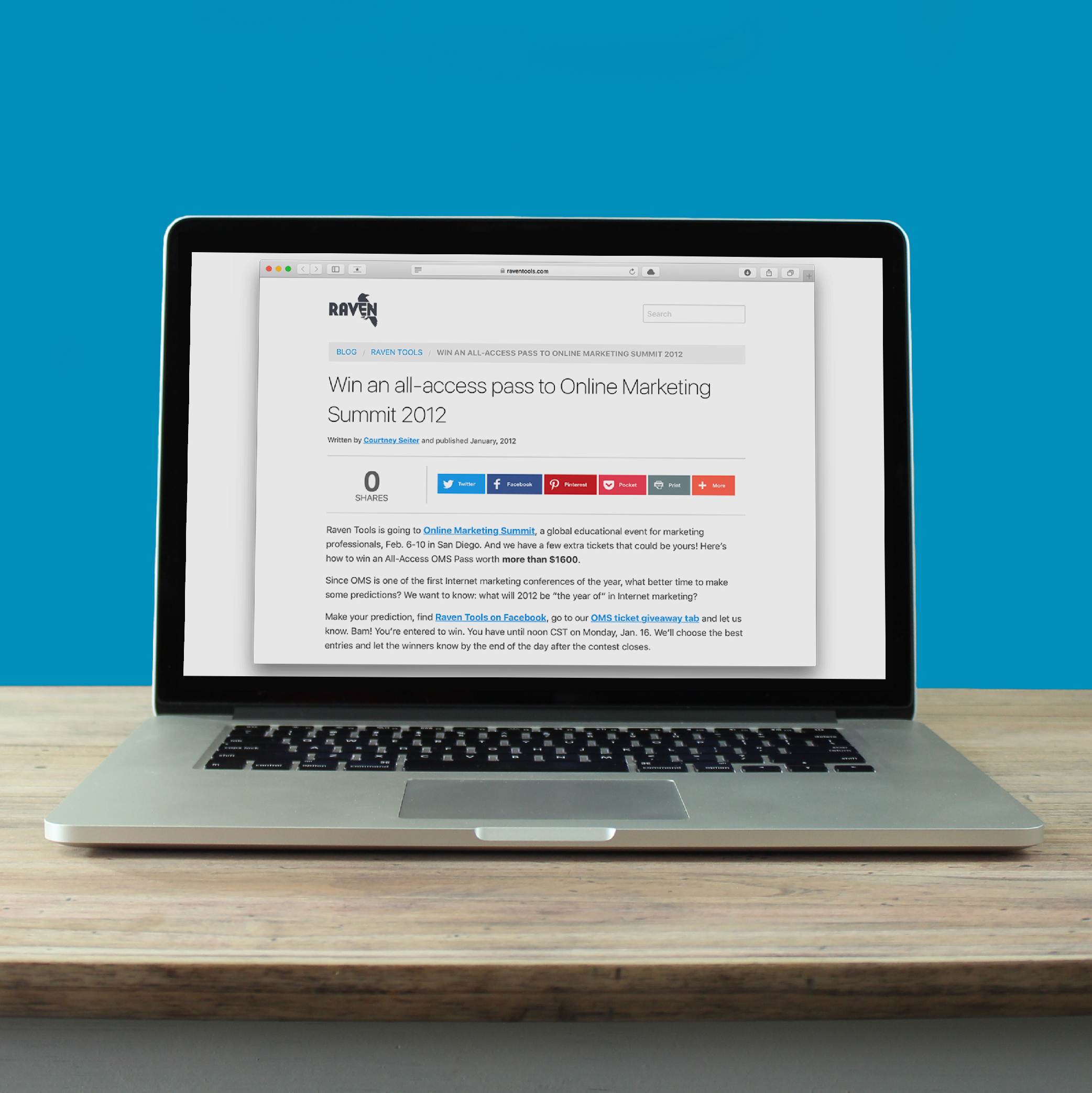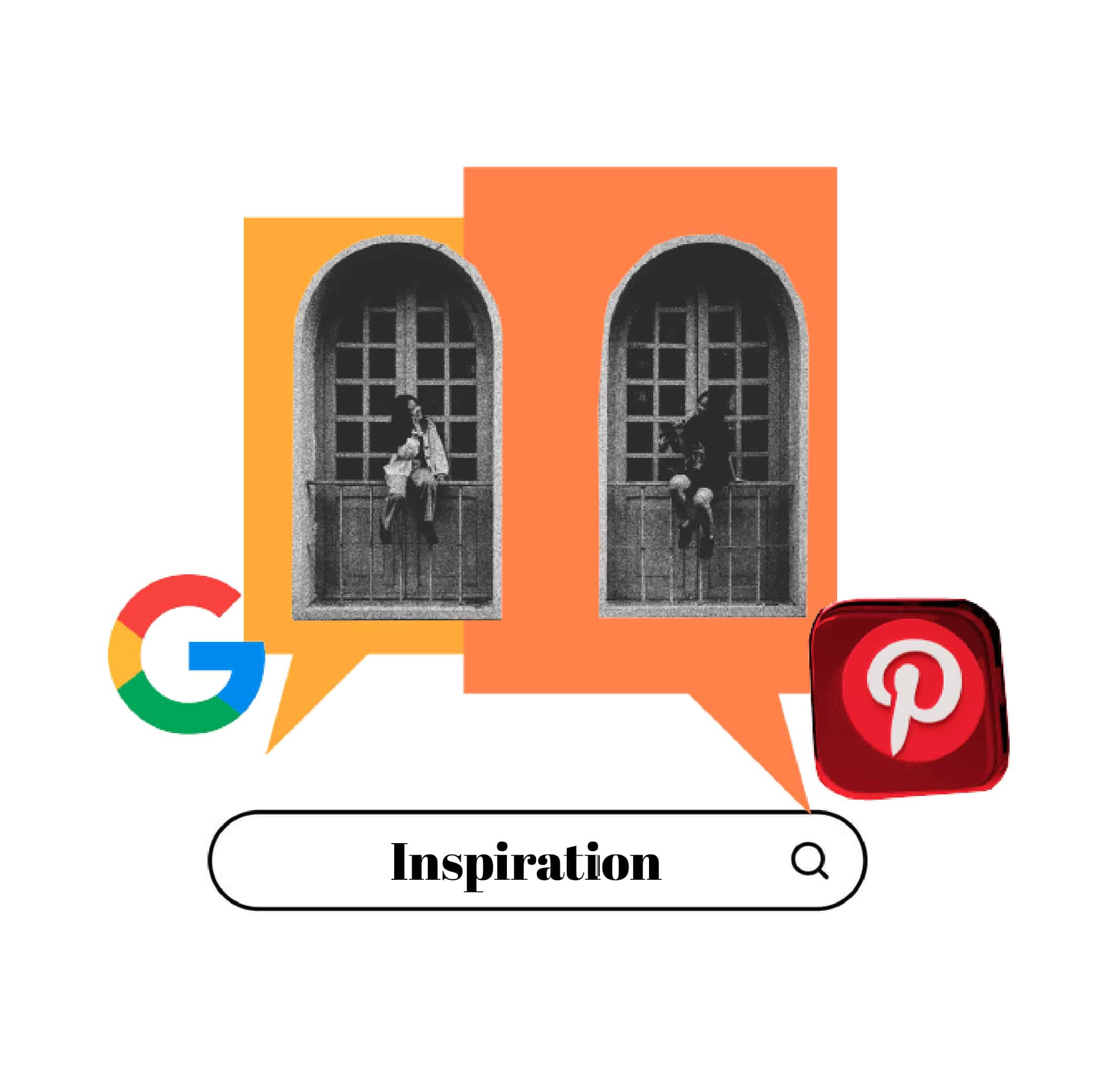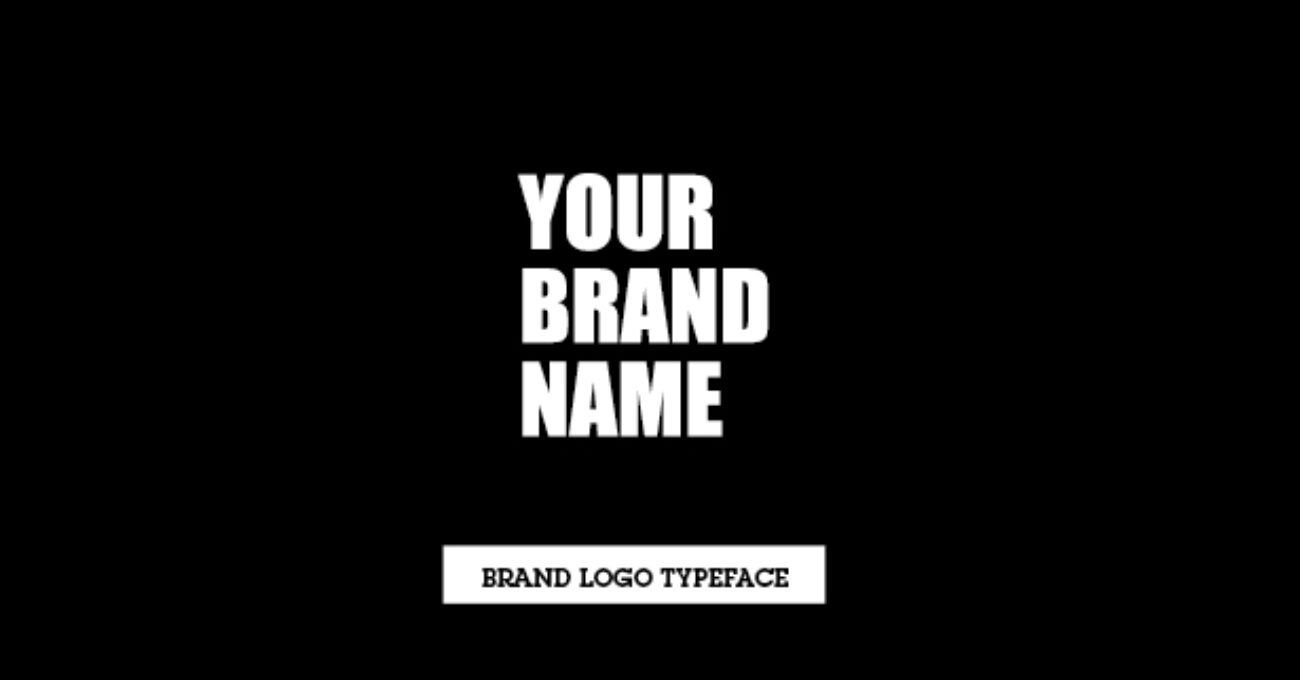4 Easy Steps to Help you Select the right Brand Logo Typefaces for your Business
Read Time: 12 Minutes
Introduction
This blog will help you FIND YOUR BRAND LOGO TYPEFACE
![]()
Let’s clarify the difference between typeface and font to ensure a proper understanding of these terms.
Contrary to common misconceptions, the terms “typeface” and “font” are not interchangeable. Understanding the distinction between them is essential for effective communication within the design industry. Here’s a breakdown:
- Typeface: A typeface refers to a specific design of lettering that shares distinct stylistic characteristics. It encompasses a range of styles, weights, and variations within a cohesive design concept. For example, Helvetica, Times New Roman, and Arial are all different typefaces.
- Font: On the other hand, a font represents a particular digital file that contains a specific variation of a typeface. It refers to a specific style, weight, or size within a typeface family. For instance, Helvetica Regular, Helvetica Bold, and Helvetica Italic are different fonts within the Helvetica typeface.
To put it simply, a typeface is like a family that consists of various styles, while a font is a specific member of that family with its own characteristics.

Image sourced from careerfoundry.com
Understanding this distinction is crucial in the design industry to ensure clear and precise communication. To delve deeper into typography concepts and enhance your knowledge, you can refer to this beginner’s guide on Typography by clicking here.
What is a Brand Typeface?
Your brand’s typeface is like the perfect outfit that shows off your unique style. It’s a font family that represents your brand and is crucial in communicating its personality and message to your audience. Your typeface needs to be eye-catching, memorable, and consistent across all your marketing materials, whether it’s online or in print. So, when you’re choosing your typeface, consider your brand’s essence, industry, and target audience. Remember, a well-thought-out typeface can lead to increased brand recognition, loyalty, and engagement. Just keep in mind that your brand typeface will consist of two key fonts – the Logo Brand and the Brand Content Typefaces.
Difference between a Brand Logo & Content Typefaces

Understanding the Significance of Brand Logo Typeface
A Brand Logo Typeface is a specific font chosen to represent your brand’s personality through its logo.
It should be exclusively used for the logo design and not for extensive text blocks. Reading a book in a font like Coca-Cola’s iconic typeface may initially seem interesting but can quickly become tiresome and frustrating. Extended exposure to such fonts can lead to fatigue and hinder the reading experience. To ensure optimal legibility and a pleasant reading experience, it is advisable to limit the use of the Brand Logo Typeface to the logo itself, while selecting more suitable typefaces for longer text passages.
A Brand Content Typeface serves as the practical companion to the Brand Logo Typeface

Why is a Brand Logo Typeface Important to your Business?
The importance of a Brand Logo Typeface for your business cannot be overstated. It plays a crucial role in shaping your brand identity and making a lasting impact on your audience. Here’s why selecting the right Brand Logo Typeface is essential:
-
Visual Representation: Your logo is the visual representation of your brand, and the chosen typeface forms a significant part of it. A well-designed and distinctive Brand Logo Typeface creates a unique and memorable identity that sets your business apart and captures your brand’s personality.
-
Brand Recognition: Consistency is key in building brand recognition. By using the same Brand Logo Typeface across various platforms and marketing materials, you create a strong visual association. This consistency helps your audience recognize and remember your brand more easily.
-
Conveys Brand Personality: The Brand Logo Typeface can convey important aspects of your brand’s personality and values. It sets the tone and visual language, reflecting the emotions and characteristics you want to associate with your business.
-
Professionalism and Trust: A thoughtfully chosen and well-designed Brand Logo Typeface showcases professionalism and builds trust. It demonstrates attention to detail and quality, enhancing your brand’s credibility and perceived expertise.
-
Versatility and Adaptability: While primarily used in your logo, the Brand Logo Typeface should also be versatile enough to maintain its legibility and impact across different mediums and sizes. This ensures a consistent brand experience across various platforms.
Your brand logo typeface acts as a shining symbol, like the Batman sign, guaranteeing the authenticity of your brand and standing out amidst competition, reassuring customers of your presence in a crowded marketplace.
Here are Six Tips for Choosing the Right Typeface for your Brand Logo Typeface
-
The logo typeface should convey the essence of your brand. Think about the emotions and qualities you want to evoke in your audience, such as modern, classic, playful, or professional. Choose a typeface that reflects these characteristics.
Find your Brand Logo Typeface with these 4 Easy Steps
Below is the five easy steps to find your two Brand Logo Typefaces that will have your audience feeling something special towards your brand!
Step 1: Defining Your Brand Personality
Grab a pen and paper and let’s begin by identifying your brand’s personality. Refer to the image for guidance.
- Determine your Brand Archetype that aligns with your brand.
- Write down three descriptive adjectives that best capture the emotions associated with your brand.
- Note the industry in which your brand operates.
- Identify whether your brand sells to businesses (B2B) or consumers (B2C) and jot down the relevant sector.
Taking these initial steps will help establish a solid foundation for understanding and shaping your brand’s personality.


Step 2: Seek Inspiration
Excellent progress! With the keywords you gathered in Step 1, it’s time to find inspiration for suitable typefaces.
- Open a search engine like Google or Pinterest.
- Type in “Keyword” Typeface examples, specifically focusing on your industry logo typefaces. For instance: “Fashion Logo Typeface examples” if you operate in the fashion industry, or “Bold Logo Typefaces” based on your descriptive adjective.
By conducting this search, you’ll discover a plethora of inspiring examples that align with your brand’s personality and industry. This exploration will guide you towards finding the perfect typeface that resonates with your brand identity.
Step 3: Select your Brand Logo Typeface
Using your inspiration from Step 2, explore Google Fonts to find a font that matches your brand’s personality.
Google Fonts offers a diverse collection of open-source fonts and icons, enabling you to integrate expressive type seamlessly into your websites and products worldwide.


Step 4: Test Your Brand Logo Typeface
To evaluate your chosen typefaces, try these effective testing methods. Import them into Google Docs or Google Slides to experiment with different font selections, observing how they align with your brand.
Alternatively, create stationery showcasing the typeface and gather feedback from friends and family. Assess if it accurately conveys your brand’s personality and creates the desired impression among your audience. By testing and gathering input, you can ensure that your selected brand logo typeface resonates with your brand identity and effectively communicates your message.
Key Takeaways
- The Brand Logo Typeface is a critical element of your brand identity, representing your brand’s personality and values through a distinctive design.
- Select a unique and recognizable logo typeface that aligns with your brand’s essence and is suitable for your industry and target audience.
- Prioritize legibility in your Brand Logo Typeface for effective logo design, but remember that it may not be ideal for long blocks of text.
- Consistency is key for brand recognition. Use the same Brand Logo Typeface across all marketing materials to create a strong visual association.
- A well-chosen Brand Logo Typeface enhances professionalism, builds trust, and reinforces your brand’s credibility and expertise.
- The Brand Logo Typeface should be versatile enough to maintain its impact across different mediums and sizes.
- The Brand Content Typeface, including Title and Body Text typefaces, should prioritize readability for marketing materials like business cards, brochures, and websites.
- Take time to define your brand’s personality, seek inspiration, and test your selected typefaces to ensure they effectively represent your brand and create the desired impression.
- Utilize resources like Google Fonts to explore a wide range of typeface options for your brand logo and content.
- By carefully selecting and utilizing the right Brand Logo Typeface and Brand Content Typeface, you can establish a strong and memorable brand identity, leading to increased recognition, customer engagement, and brand loyalty.
Summary
In conclusion, the brand logo typeface plays a significant role in communicating your brand’s identity and creating brand recognition. By carefully selecting a typeface that aligns with your brand’s essence, you can establish a strong and memorable brand identity that sets you apart from the competition. Remember to prioritize legibility in the logo design, while also considering the readability of the brand content typeface for marketing materials. Utilize resources like Google Fonts to explore a wide range of typeface options, and don’t forget to test and gather feedback to ensure your chosen typefaces effectively represent your brand and create the desired impression.



